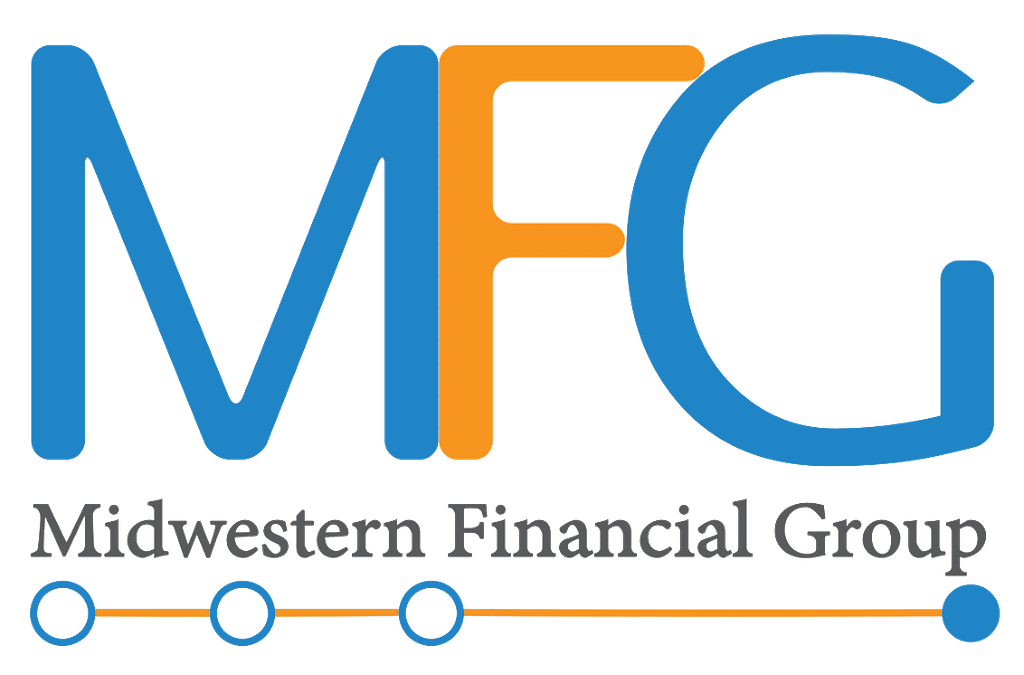Key Changes to Retirement Planning with the Passage of SECURE Act 2.0
The Setting Every Community Up for Retirement Enhancement (SECURE) Act was passed in December 2019, bringing a large range of impactful changes and improvements to retirement planning. With the recent passing of the federal government’s spending bill, SECURE Act 2.0 now presents another range of retirement planning changes that are designed to build upon and revise the changes in 1.0.
With a theme of increasing access to retirement planning programs for the average worker and an increase in incentives to save into Roth plans referred as “Rothification”, the federal government aims to increase the ability for Americans to retire confidently while increasing the federal tax revenue in upcoming years that will represented on the annual balance sheet.
The following are the key changes highlighted by the passing of SECURE Act 2.0:
Required Minimum Distributions Pushed Back
Building upon steps taken by the original SECURE Act, the new required minimum distribution (RMD) age will be pushed from 72 to 73 beginning in 2023 and lasting until 2033 when the RMD age will be raised to 75.
The increase will have little effect on those already taking RMDs to cover their lifestyle expenses but will provide value to those looking to enable their investments to compound further before withdrawing into their later years.
Elimination of RMDs for Plan Roth Accounts
The SECURE Act 2.0 eliminates RMDs for qualified employer plan Roth accounts beginning in 2024. While Roth IRAs do not have any RMDs, employer plan accounts such as the Roth 401(k) and Roth 403(b) were subject to RMDs beginning at the previous age of 72 before the new act was passed.
Similar to the benefits of the increased age for RMDs on Roth IRAs, individuals will now be able to enable their qualified employer Roth retirement accounts to grow tax free into retirement while delaying distributions to cover expenses until necessary.
529-to-Roth IRA Conversions
One of the most headlined provisions of the SECURE Act 2.0 is the new ability to transfer fund from a 529 plan directly to a Roth IRA. While this will be exciting for some, the criteria to be eligible is rather specific:
· The 529 plan and Roth IRA involved in the transfer must both be in the name of the beneficiary of the 529 plan.
· The annual limit on the funds being transferred to a Roth IRA may not exceed that individuals total Roth IRA contribution limit across all contributions for that year.
· Contributions made to the 529 plan in the last 5 years are ineligible to be transferred to a Roth IRA.
· The 529 plan must have been maintained for 15 years or longer.
· The maximum amount that can be transferred to a Roth IRA from a 529 plan during an individual’s lifetime is $35,000.
Surviving Spouse Beneficiaries
When a surviving spouse inherits a retirement account from a deceased spouse, there are multiple options the surviving spouse may choose from such as rolling the decedent’s IRA into their own, remaining as a beneficiary of the decedent’s IRA which involves special treatment, or electing to treat the decedent’s IRA as their own. With the passing of SECURE 2.0, the surviving spouse may now elect to be treated as the deceased.
There are multiple benefits to this option that typically apply only when the individual inherits retirement accounts from a younger spouse.
· The surviving spouse would have delayed RMDs until the deceased would have reached the age at which RMDs begin.
· The individual inherited the deceased spouse’s IRA will calculate RMDs using the Uniform Lifetime Table used by account owners instead of the Single Lifetime Table that applies to beneficiaries.
· If the surviving spouse dies before RMDs begin, the beneficiaries of the surviving spouse will be treated as though they are the original beneficiaries of the account thus avoiding the 10-year rule that would apply otherwise.
Continued Exclusion of Certain Payments from Income for Disabled First Responders
The SECURE Act provided income tax relief for disabled first responders who receive service-connected disability and retirement pensions. Income from these pensions would be excludable from income until the individual reaches retirement age when the income would switch to a regular pensions.
With SECURE Act 2.0, disabled first responders will now have the ability to maintain an annual “excludable amount” they can carry throughout retirement without having to pay income tax on. This will provide significantly more net-after-tax income for these individuals, and changes will take effect beginning in 2027.
Increased Leeway on Retirement Account Mistakes
With the abundance of changes being made to many different aspects of retirement planning, the SECURE Act 2.0 implements 25% reduction in the penalty for an RMD shortfall beginning in 2023. If the shortfall is rectified within the appropriate time frame set by the IRS, the penalty is then reduced even further to only 10%.
The time frame known as the “Correction Window” begins on the date that the tax penalty is imposed, and ends upon the earliest of the following:
· When the tax is assessed by the IRS
· When the Notice of Deficiency is mailed to the taxpayer; or
· The last day of the second year after which the tax is imposed
Some less highlighted but still impactful changes created by the SECURE Act 2.0 include:
· IRA catch-up contribution limit will be automatically adjusted for inflation beginning in 2024 with annual increased in increments of $100.
· Qualified longevity annuity contracts (QLACs) no longer have the 25%-of-account balance limitation, and the maximum amount that can be used to purchase contracts is raised to $200,000.
· Employers are now able to match employee contributions to student loan payments even if employees are not able to also contribute to their 401(k) plan with the employer.
· Individuals with annual income exceeding $145,000 from an employer in the previous year participating in an employer sponsored plan will have to use Roth contributions rather than previously allowed traditional.
· The part-time hours requirement to be eligible for employer 401(k) plan has been lowered to between 500 and 999 hours for two consecutive years instead of three.
Final Thoughts
While the SECURE Act 2.0 implements a large array of retirement planning changes, the impact will be felt slowly throughout the next decade as the changes are periodically implemented with retirement plan participants and advisors working together to navigate the changes and taking full advantage of the benefits offered to individuals in which they qualify.
For further education and insight into the SECURE Act 2.0 and its impact and changes, check out the following articles:
Secure Act 2.0: Detailed Breakdown Of Key Tax Opportunities (kitces.com)
401(k) Savings Plans Get a Boost in Bipartisan Retirement Bill – WSJ What’s In The Secure 2.0 Act?
What The Government Spending Bill Means For Investors And Retirement (forbes.com)
Here at MFG we appreciate the opportunity to optimize the impact of these changes, and we are looking forward to a great 2023.



